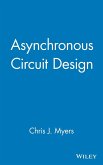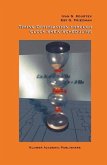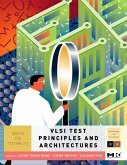Adders are typically found in the critical paths of microprocessors as well as digital signal processors. Although there are many varieties of adders implemented within general-purpose and application-specific processors, addition still remains a difficult subject to understand. This occurs because there are limited numbers of texts describing this operation. Design and Analysis of High-Speed Addition presents analysis and design implementation strategies for arithmetic datapath designs and methodologies utilized in digital systems that employ high-speed addition. The author covers addition schemes from the algorithmic to the actual circuit design. Moreover, Very Large Scale Integration (VLSI) design tools and methodologies are introduced to efficiently analyze and design adder circuits. This comprehensive treatment covers additions from the start of making machines that compute addition to the latest designs in current processors. Because Design and Analysis of High-Speed Addition discusses advanced tools in VLSI design, it is an excellent reference work for professionals and researchers interested in processor design. TOC:Introduction and Motivation.- Layout Techniques.- Timing and Logic Styles.- Carry Propagation.- Parallel Prefix Addition.- Hybrid Techniques.- Power Dissipation.- Other Types of Adder Structures.- Conclusions.







